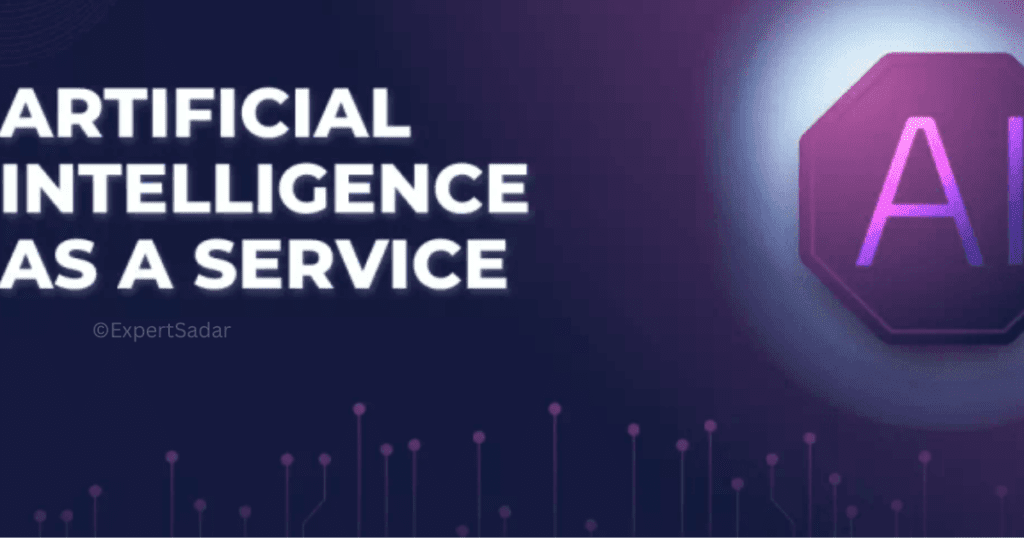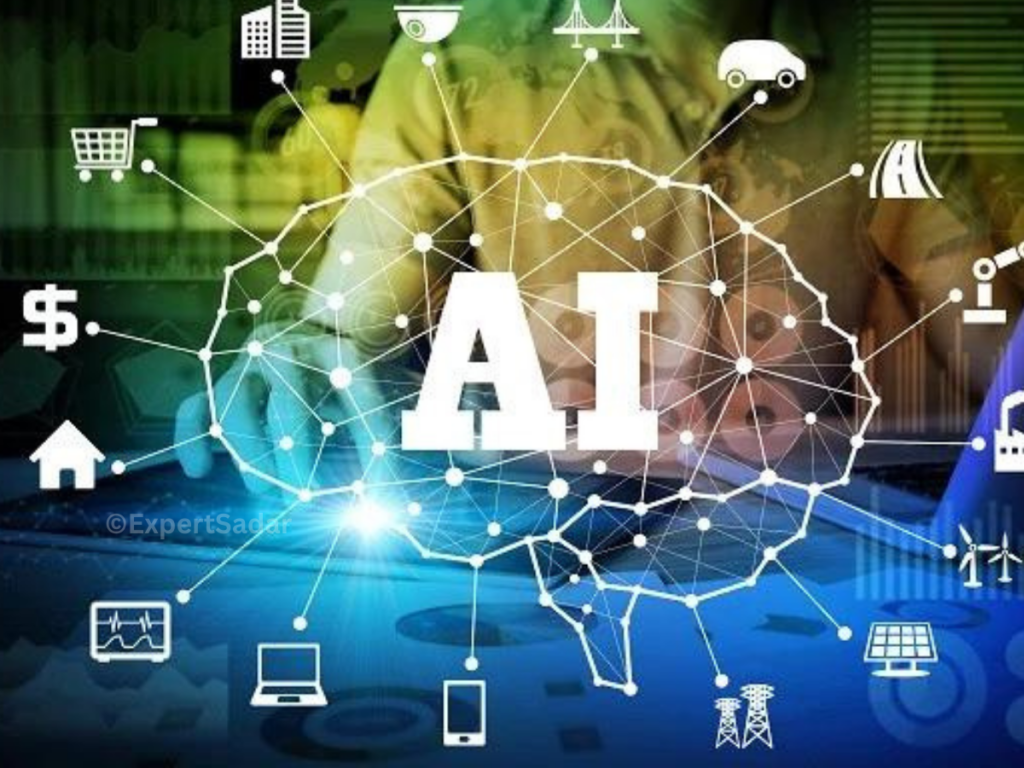What is artificial intelligence?
If you hear the term artificial intelligence (AI), you probably think of self-driving cars, bots, ChatGPT or other AI-powered chatbots, and human-generated images. But it’s also important to understand the results of artificial intelligence and understand how the technology works and its impact on current and future generations.
The concept of artificial intelligence has formally existed since the 1950s, when it was defined as the ability of machines to perform tasks that previously required human intelligence. This is a fairly broad definition and has been revised over decades of research and technological advancements. When thinking about attributing intelligence to machines like computers, it makes sense to first define the word “intelligence”—especially if you want to determine whether an artificial system deserves intelligence.
The history of artificial intelligence
The term artificial intelligence was coined in 1956, but it is becoming increasingly popular today due to improvements in data volumes, advanced algorithms, and computing and storage capabilities. Artificial intelligence research in the early 1950s explored topics such as problem solving and symbolic methods. In the 1960s, the U.S. Department of Defense became interested in this type of work and began training computers to simulate basic human reasoning. For example, the Defense Advanced Research Projects Agency (DARPA) completed a road mapping project in the 1970s.
DARPA created the intelligent personal assistant in 2003, long before names like Siri, Alexa, or Cortana existed. This early work paved the way for the automation and formal thinking we see in computers today, including decision support systems and intelligent search systems that can be designed to complement and supplement human capabilities. While Hollywood movies and science fiction novels depict artificial intelligence as humanoid robots taking over the world, current developments in AI technology are neither that scary nor that intelligent. Instead, AI has evolved to provide very specific benefits for every industry. Read on for the latest examples of artificial intelligence in healthcare, retail, and more.
How does artificial intelligence work?
Simply put, AI systems work by combining large, intelligent, and iterative processing algorithms. This combination allows AI to learn from patterns and characteristics of the data being analyzed. Each time an AI system performs a round of data processing, it tests and measures its performance and uses the results to develop additional skills.
What are the four types of artificial intelligence?
Artificial intelligence can be divided into one of four types:
Reactive AI:-
Interactive AI uses algorithms to improve results based on data sets. AI in chess, for instance, is an interactive system that maximizes the most advantageous move to win the match. Reactive AI is often very static and incapable of learning or changing with the times. Thus, given similar inputs, it will yield the same result.
Limited memory AI:-
Even AI with a limited memory can update itself depending on fresh observations or facts, or it can adapt to past experiences. The moniker comes from the fact that the refresh rate is typically restricted and the memory is short.For example, self-driving cars can “read the road,” adapt to changing conditions, and even “learn” from previous experiences.
Theory-of-mind AI:-
According to the hypothesis of artificial intelligence, the brain can learn from and remember a vast array of previous experiences. It is also completely flexible. With the use of sophisticated chatbots that can pass the Turing test, this kind of AI can fool humans into thinking it is a person. This artificial intelligence is remarkable and sophisticated, yet it lacks consciousness.
Self-aware AI:-
As the name suggests, self-aware AI becomes conscious and aware of its own existence. In the world of science fiction, some experts believe that artificial intelligence will never be conscious or “alive.”
Which AI services are available to use?

- There are often many AI services available to consumers and businesses that can be used to speed up tasks and add convenience to daily life – Most likely, something in your house makes use of artificial intelligence. Here are some popular examples of publicly available artificial intelligence, both free and paid:
- Voice assistants: Amazon Alexa Echo devices on the shelf or Apple Siri and Google Assistant on your iPhone both use natural language processing to understand and respond to your questions or commands.
- Chatbots: AI chatbots are another form of virtual assistant that can interact with humans, sometimes have human-like conversations, and even simulate empathy and compassion.
- Language Translation: Machine learning is widely used and used to translate text by services such as Google Translate, Microsoft Translate, Amazon Translate, and ChatGPT.
AI services:-
- Productivity: Microsoft 365 Copilot is a great example of LML as an AI-powered productivity tool that automates tasks in Word, PowerPoint, Outlook, Excel, Teams, and more. Simply requesting “Email team about new project status” will prompt Copilot to generate a script containing your request to collect information from emails and documents.
- Image and video recognition: Various programs use artificial intelligence to find information about the content of photos and videos, such as faces, text, and objects in them. Examples include Clarify, which uses machine learning to organize unstructured data from sources, and Amazon Recognition, an AWS service that allows users to upload images to find data.
- Software Development: Many developers already use ChatGPT to write and debug code, but there are many other AI tools that can make a programmer’s job easier. For example, GitHub’s Copilot AI pairs programmers with OpenAI Codex, a language model that allows code to be written with minimal effort and provides instant feedback and automatic code completion.
- Build businesses: In addition to everyday users using AI in their environments, there are services that provide businesses with AI tools, including OpenAI’s GPT-4 API (currently on hold), to build applications and services used by LMMs . Or Amazon Bedrock, a suite of cloud-based AI tools for developers.
Takeaway
Since AI is at the core of every aspect of business, organizations rely on it to make more important decisions. From AI-based innovation to improving customer experience and increasing corporate profits, AI has become a ubiquitous technology. Today, artificial intelligence, machine learning, deep learning and neural networks are available not only for large companies. But also for small and medium-sized companies, making the migration to this artificial intelligence possible.
Furthermore, contrary to the common belief that artificial intelligence will replace human work roles. The coming years will witness improvements in collaborative communication, efficiency, cognitive abilities and overall productivity between humans and machines.
Advantages and Disadvantages of Artificial Intelligence
Just like any other concept or innovation, artificial intelligence has advantages and disadvantages. Here’s a brief summary of the benefits and drawbacks.
Pros:-
- it reduces human error
- It never sleeps so it’s available 24/7
- It never gets boring so repetitive tasks can be tackled with ease
- It’s fast.
Cons:-
- Expensive to implement
- It cannot replicate human creativity.
- Of course it displaces some jobs, resulting in unemployment
- People can become very addicted to it.
- A brief discussion on the application of artificial intelligence. What is artificial intelligence?
Examples of artificial intelligence:
ChatGPT:-

ChatGPT is an advanced language model developed by OpenAI that is capable of generating human-like responses and conducting natural language conversations. It uses deep learning technology to understand and generate consistent text. Making it useful for customer service, chatbots, and virtual assistants.
Google Map:-
Google Maps uses ai algorithms to provide real-time navigation, traffic updates and personalized recommendations. It analyzes large amounts of data, including historical traffic patterns and user data, to suggest. The fastest routes, estimate arrival times, and even predict traffic congestion.
Blog By:- ExpertSadar



